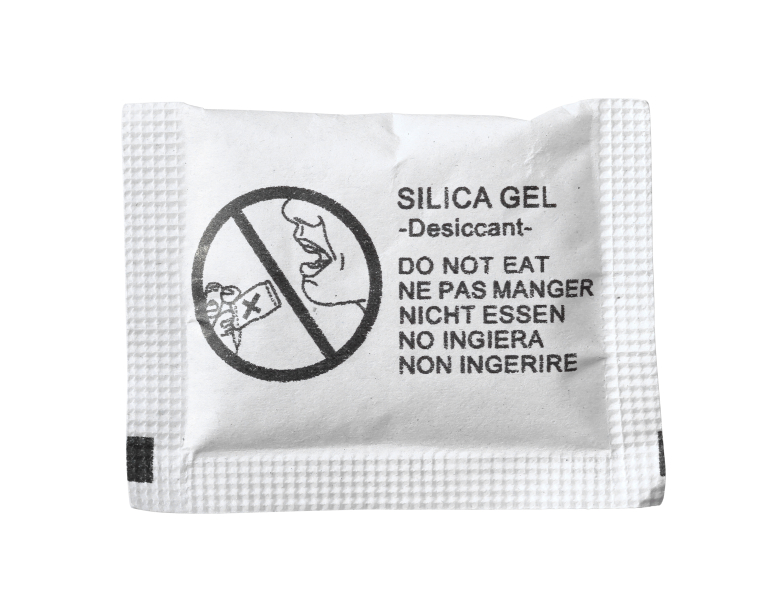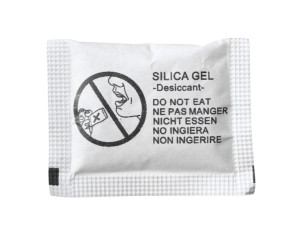
Prevent Employee Exposure to Silica
OSHA and the National Institute for Occupational Safety and Health (NIOSH) recently issued a joint hazard alert about protecting workers from significant crystalline silica exposure during manufacturing, finishing, and installing natural and manufactured stone countertops.
Protect workers in this and other industries from silica exposure with the safety measures outlined below.
Preventing Silica Exposures
Because the damage crystalline silica causes can’t be undone, preventing exposure is extremely important. Minimize your exposure to silica by:
Using safer alternatives. Employers can minimize silica exposures by using safer alternatives to silica sand—for example, using steel shot or glass beads for abrasive blasting operations—when available.
Not creating dust. More dust in the air means higher exposures. Anything you can do to prevent dust generation, such as scooping materials rather than pouring them, will reduce exposure.
Wetting the work piece or area while cutting. Wet methods are another strategy for keeping dust levels down—keeping materials wet during cutting, grinding, and similar operations prevents dusts from becoming airborne. A fine mist applied at the point of operation during cutting is more effective than a stream of water or simply wetting the surface before cutting. Make sure reservoirs are kept full to maintain good flow.
Cleaning up with care. Cleaning up waste materials that contain crystalline silica should be done in a way that doesn’t put a lot of dust into the air. Don’t sweep dry materials or use pressurized air to blow surfaces clean. Safer choices include vacuums with high-efficiency particulate air (HEPA) filtration, squeegees (instead of brooms), and sweeping compound.
Using ventilation. Local exhaust ventilation can draw off dusts generated when workers use saws and other hand tools to cut or grind silica-containing materials. If ventilation is available, make sure workers use it, and change the filters regularly.
Using barriers and enclosures. Are dusty materials transported through enclosed machinery, such as closed screw conveyors? Don’t remove covers and guards that could release dusts. Do workers have an enclosure where they could wait during dusty operations, such as the cab of a vehicle or an operator booth? If they do, they should make use of it.
Wearing a respirator. If workers are performing high-risk activities where their exposure is likely to be above the permissible exposure limit (PEL), they should be given a respirator that filters out any breathable silica.
Not smoking. Combining smoking with exposure to materials that damage the lungs like crystalline silica exponentially increases workers’ risk of damage and disease.
Your safety culture determines your safety success, and many safety managers learn this the hard way. A poor safety culture is something that can undo even the best efforts and safety programs.
Source:BLR
For more information on this topic and for OSHA 10 and 30 Hours, visit HERE

